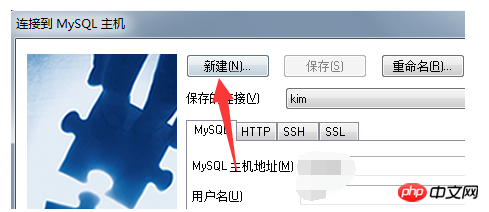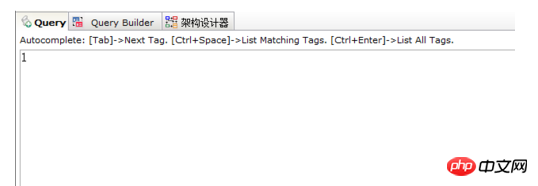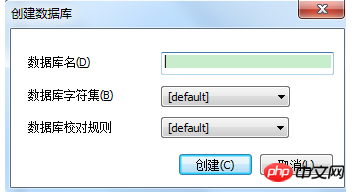Mysql is currently a mainstream database software, mainly used by small and medium-sized enterprises. Your client mainly operates through the command line. Sometimes it may not be very convenient to operate. In this case, we can use Some mysql databases and some graphical software simplify related operations.
##1. Open SQLyogEnt, enter the configuration interface, click [New] in the upper left corner

#2. In the pop-up dialog box, fill in the connection name to facilitate differentiation later. Use
mysql host address localhost
Username root
Database connection password (generally the default is root)
Port 3306
Data configuration is completed, click [Connect Now]

##5. You can also use simple operations, right-click [Connect User] in the upper left corner, and select [Create Database] in the pop-up menu bar
 6. Then set the database encoding, database name and proofreading rules
6. Then set the database encoding, database name and proofreading rules

7. If we already have a database file, we can import it into SQLyog for operation, right-click and select [Import sql statement]
The above is the detailed content of How to use the MySQL database visualization tool SQLyogEnt?. For more information, please follow other related articles on the PHP Chinese website!